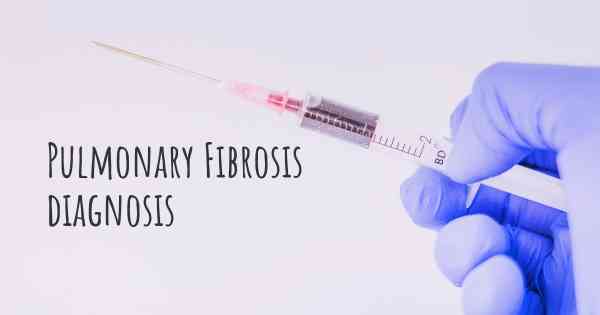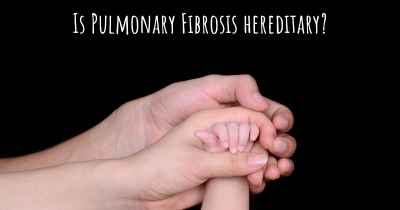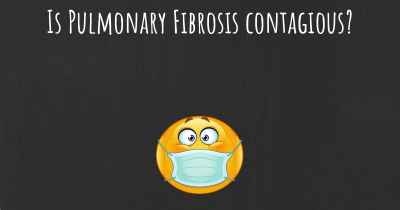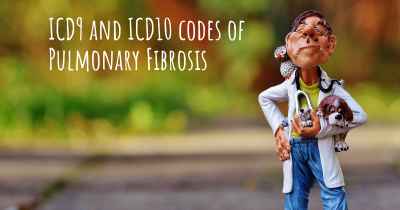How is Pulmonary Fibrosis diagnosed?
See how Pulmonary Fibrosis is diagnosed. Which specialists are essential to meet, what tests are needed and other useful information for the diagnosis of Pulmonary Fibrosis

How is Pulmonary Fibrosis diagnosed?
Pulmonary fibrosis is a chronic and progressive lung disease characterized by the scarring and thickening of lung tissues. It can be caused by various factors such as environmental exposures, certain medications, autoimmune diseases, and genetic predisposition. Diagnosing pulmonary fibrosis involves a comprehensive evaluation of a patient's medical history, physical examination, and a series of diagnostic tests.
Medical History and Physical Examination:
During the initial consultation, the healthcare provider will review the patient's medical history, including any symptoms experienced, exposure to potential risk factors, and family history of lung diseases. The doctor will also conduct a thorough physical examination, paying close attention to the lungs and respiratory system.
Pulmonary Function Tests (PFTs):
Pulmonary function tests are a set of non-invasive breathing tests that measure lung capacity and function. These tests help assess the severity of lung disease and can aid in the diagnosis of pulmonary fibrosis. The most common PFTs include:
- Spirometry: This test measures the amount of air a person can inhale and exhale forcefully. It helps determine lung capacity and airflow limitations.
- Lung Volume Measurements: These tests measure the total lung capacity and the amount of air remaining in the lungs after a full exhalation.
- Diffusion Capacity: This test measures how well oxygen passes from the lungs into the bloodstream.
Chest X-ray:
A chest X-ray is often one of the first imaging tests performed to evaluate lung abnormalities. While it cannot definitively diagnose pulmonary fibrosis, it can show signs of lung scarring, inflammation, or other lung conditions. If abnormalities are detected, further imaging tests may be recommended.
High-Resolution Computed Tomography (HRCT) Scan:
An HRCT scan is a specialized imaging test that provides detailed images of the lungs. It can reveal the presence of lung scarring and help differentiate pulmonary fibrosis from other lung diseases. HRCT scans are considered one of the most important diagnostic tools for pulmonary fibrosis.
Lung Biopsy:
In some cases, a lung biopsy may be necessary to confirm the diagnosis of pulmonary fibrosis. There are different types of lung biopsies, including:
- Surgical Biopsy: A small piece of lung tissue is surgically removed for examination.
- Bronchoscopy with Transbronchial Biopsy: A flexible tube with a camera is inserted through the mouth or nose into the lungs to collect small tissue samples.
- Cryobiopsy: A specialized tool freezes and retrieves larger tissue samples from the lungs.
Blood Tests:
Blood tests may be conducted to assess overall health, rule out other potential causes of symptoms, and evaluate lung function. These tests can include:
- Complete Blood Count (CBC): Measures the number of red and white blood cells, as well as platelets.
- Arterial Blood Gas (ABG) Test: Measures the levels of oxygen and carbon dioxide in the blood.
- Autoimmune Panel: Checks for specific antibodies associated with autoimmune diseases that can cause pulmonary fibrosis.
- Genetic Testing: In some cases, genetic testing may be recommended to identify specific gene mutations linked to familial pulmonary fibrosis.
Other Diagnostic Procedures:
Additional tests or procedures may be performed to gather more information or rule out other conditions. These can include:
- Echocardiogram: An ultrasound of the heart to assess its function and rule out heart-related causes of symptoms.
- Exercise Testing: Measures lung function during physical activity.
- Polysomnography: A sleep study to evaluate breathing patterns during sleep.
It is important to note that the diagnostic process for pulmonary fibrosis may vary depending on the individual case and the healthcare provider's judgment. A multidisciplinary approach involving pulmonologists, radiologists, and pathologists is often employed to ensure an accurate diagnosis.








